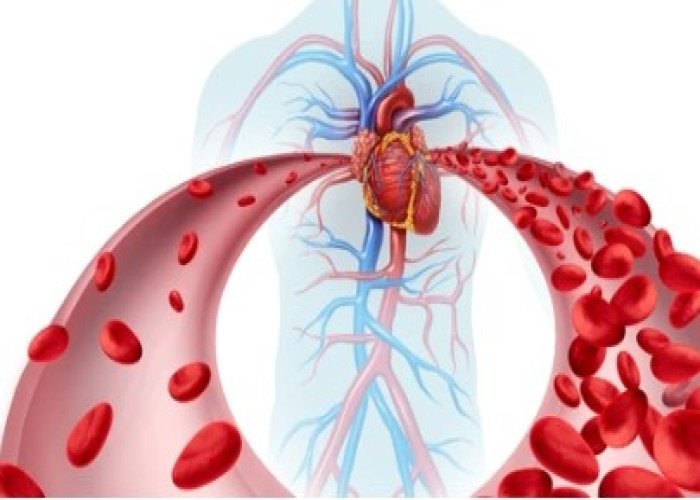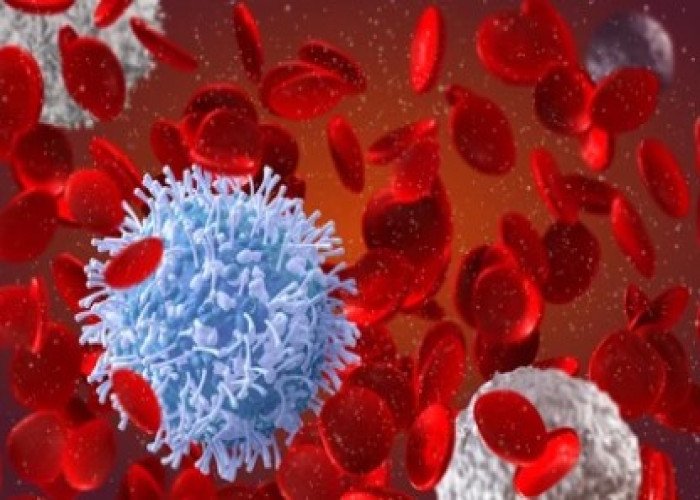 Welcome
Welcome
“May all be happy, may all be healed, may all be at peace and may no one ever suffer."
Squint eyed - Homeopathic remedies
Squint, also known as strabismus, is a condition in which the eyes do not align properly. This can cause one or both eyes to turn inward, outward, upward, or downward. Squint can occur in children and adults, and can be caused by a variety of factors.
There are several types of squint, including:
- Esotropia: inward turning of one or both eyes
- Exotropia: outward turning of one or both eyes
- Hypertropia: upward turning of one eye
- Hypotropia: downward turning of one eye
Symptoms of squint may include double vision, blurred vision, and difficulty with depth perception. Squint can also cause eye strain, headaches, and fatigue.
The treatment for squint depends on the underlying cause and severity of the condition. In some cases, glasses or contact lenses may help correct the alignment of the eyes. In other cases, eye exercises or patching may be used to strengthen the weaker eye and improve alignment. Surgery may be necessary in more severe cases of squint, especially if other treatments have been ineffective or if the condition is causing significant functional or cosmetic problems.
It is important to seek medical attention if you or your child are experiencing symptoms of squint, as early diagnosis and treatment can help prevent vision problems and other complications. A comprehensive eye exam by a qualified eye doctor or ophthalmologist can help diagnose and treat squint.

Anemia

Tape worm

Mouth sores

Bile colic

Sensuality

Flatulence

Bed-sores

Blood dysentery
Squint eyed, ট্যারা
To be happy, beautiful, healthy, wealthy, hale and long-lived stay with DM3S.






